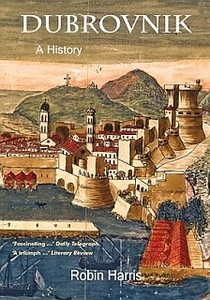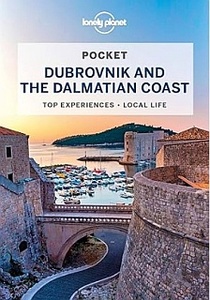By Greg Mansfield
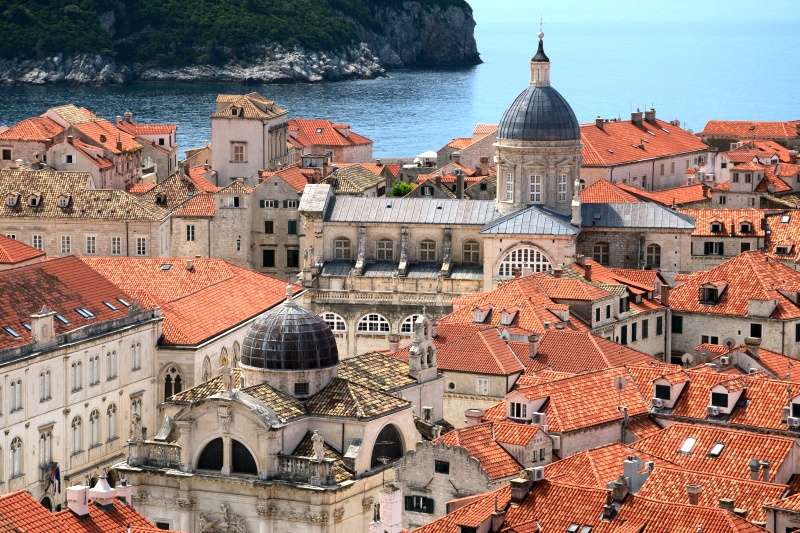
Image by Greg Mansfield
Join me on a journey through cobblestone streets and timeworn buildings to discover the haunted places of Dubrovnik’s old city.
Dubrovnik is Croatia’s crown jewel. It’s a city steeped in history that boasts ancient walls, breathtaking views, and a rich cultural heritage. Beneath its picturesque façade, however, lies a realm of the supernatural, where the echoes of the past manifest as eerie apparitions and ghostly whispers.
Haunted Places in Dubrovnik
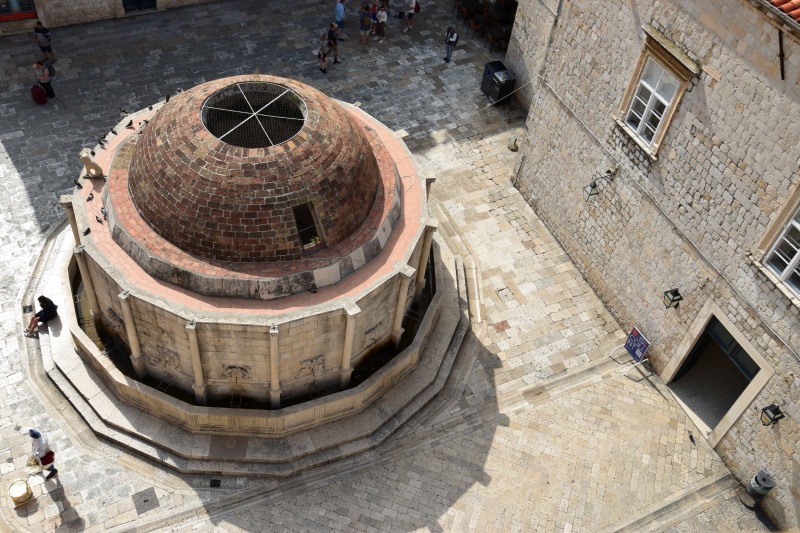
Image by Greg Mansfield
Former Convent of St. Claire
Location: The western end of Stradun Street, near the Great Onofrio Fountain
Open: Daily
Admission: Free
Website: tzdubrovnik.hr/lang/en/get/sakralni_objekti/5268/convent_of_st_claire.html
The former Convent of St. Claire is situated just south of the Pile Gate, close to the Great Onofrio Fountain. Constructed between the late 13th and early 14th centuries, the Catholic Church transformed part of the convent into an orphanage in 1434. This made it one of the world’s earliest institutions for abandoned children. During Napoleon’s rule over Dubrovnik, the French closed the convent and repurposed it as a munitions warehouse and later as a horse stable.
Today, the building houses an art gallery, where workers and visitors have seen shadow figures. One morning, a gallery employee found items in the gift store had been strewn on the floor overnight without any explanation. A woman’s voice has been heard wailing in the recesses of the building. And, in 2012, a security camera recorded a strange, misty form that moved across an entry area and seemed to disappear into a vending machine.
Rector’s Palace
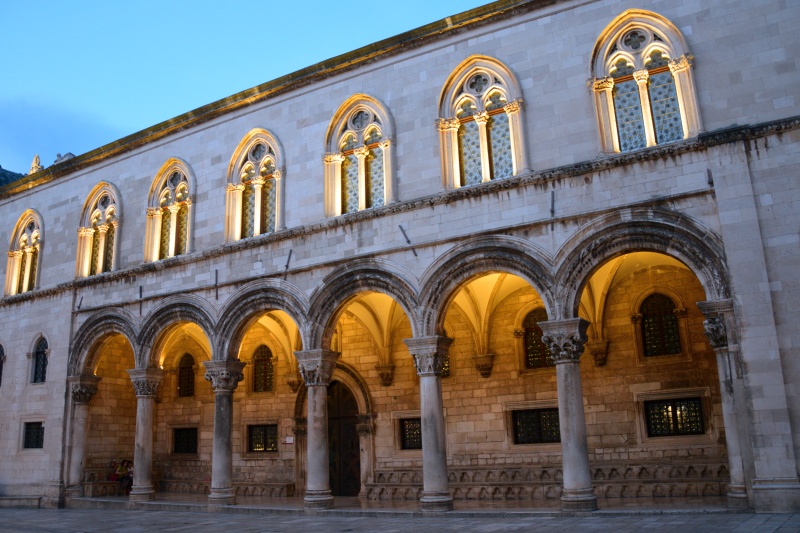
Image by Greg Mansfield
Location: Ul. Pred Dvorom 3, 20000, Dubrovnik
Open: 9:00am – 4:00pm daily, except Mondays
Admission: Yes
Website: www.dumus.hr/en/cultural-history-museum/
Originally constructed in the 13th century, the Rector’s Palace underwent several renovations and expansions, with its current form reflecting a blend of Gothic, Renaissance, and Baroque styles. Serving as the seat of the Republic of Ragusa’s government, the palace was the residence of the elected rector, who governed the city-state.
In 1435, a massive gunpowder explosion severely damaged the original structure, leading to a meticulous reconstruction. The palace also suffered damage during Dubrovnik’s famous earthquake of 1667 but was quickly restored to its full glory.
Today, the Rector’s Palace is a cultural history museum that showcases Dubrovnik’s vast heritage. With its elegant architecture, ornate halls, and valuable exhibits, the museum gives you a glimpse into the old city’s past.
Beneath the palace’s grandeur lies a chilling secret. Locals tell of a former rector who, even in death, guards the palace’s corridors. Dressed in ancient attire, his ghostly figure is said to appear at night, silently patrolling the halls. Witnesses have reported a sense of icy coldness accompanying his presence, a spectral reminder of his enduring vigilance over the palace’s hidden mysteries.
Dominican Monastery
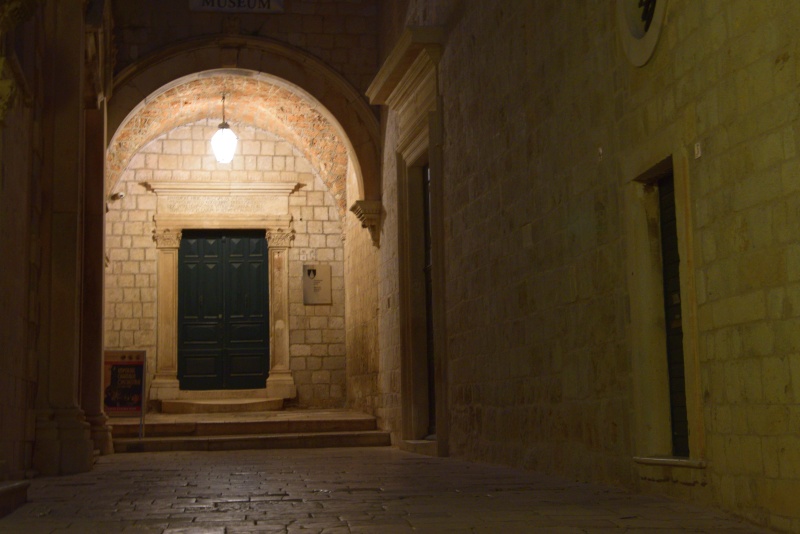
Image by Greg Mansfield
Location: Ul. Svetog Dominika 4, 20000, Dubrovnik
Open: 9:00am – 6:00pm daily
Admission: Yes
Website: www.dubrovnikcity.com/dubrovnik/attractions/dominican_monastery.htm
Founded in the early 14th century, Dubrovnik’s Dominican Monastery has served as a spiritual and cultural hub for the city. The construction of the monastery complex took several decades, blending various architectural styles including Romanesque, Gothic, and Renaissance influences.
Throughout its existence, the monastery has endured numerous challenges, such as the devastating earthquake of 1667 that caused major damage to its structures. However, the diligent efforts of the community led to extensive renovations and restoration.
The monastery’s library, one of the oldest in Europe, boasts an impressive collection of manuscripts, rare books, and artifacts, making it a treasure trove for scholars and researchers.
It’s believed that the restless souls of monks who once called the monastery home continue to roam its corridors. Visitors have heard faint chants echoing through the halls and caught glimpses of ethereal figures in monk’s robes. Some frightened souls have felt ghostly touches, a gentle reminder of the monks’ enduring presence.
Fort Lovrijenac
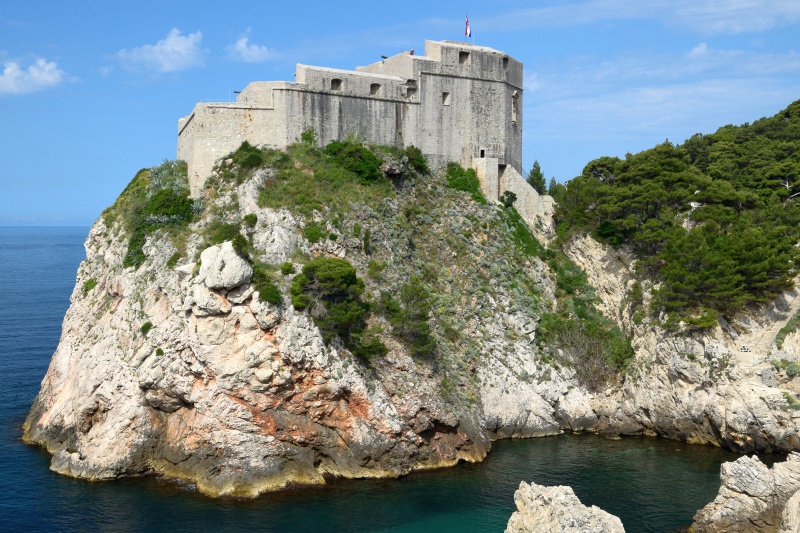
Image by Greg Mansfield
Location: Ul. od Tabakarije 29, 20000, Dubrovnik
Open: 9:00am – 3:00pm daily
Admission: Yes
Website: tzdubrovnik.hr/lang/en/get/spomenici/5349/fort_laurent_lovrijenac.html
Fort Lovrijenac, perched dramatically on a cliff overlooking the Adriatic Sea, boasts a storied history that echoes through the centuries. This imposing fortress served as a vital defensive bastion, protecting the city from enemy threats. Its strategic location made it a symbol of Dubrovnik’s military prowess and independence.
Legend has it that the construction of Fort Lovrijenac was completed in an astonishingly short span of just three months, highlighting the determination of the city-state to fortify its defenses. In truth, its construction began in 1018 and was completed in the 1500s. Today, the fort is a popular tourist attraction, enticing visitors with its remarkable architecture, breathtaking views, and long military history.
Legend has it that the ghost of a French officer, who met a tragic end within the fort’s walls, lingers here. Witnesses have described encountering his spectral figure in military uniform, his eyes filled with sorrow and regret. It’s said that he roams the fort, his footsteps echoing through the night, as if searching for something he lost in life.
Lokrum Island
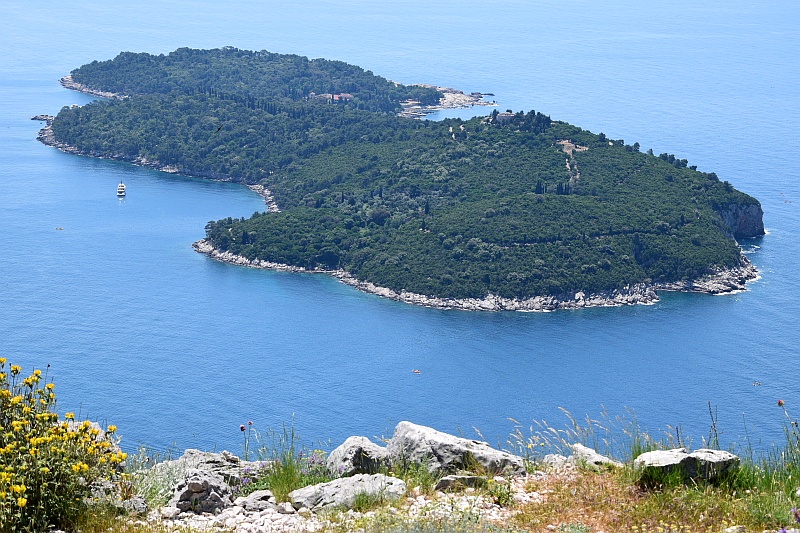
Image by Greg Mansfield
Location: In the Adriatic Sea, 600 metres from Dubrovnik
Open: Boat rides to the island are available daily, all at reasonable times; inquire in Dubrovnik harbour
Admission: Included in the boat fee
Website: www.lokrum.hr/eng/
A short boat ride from Dubrovnik lies Lokrum Island, which is well known for its lush botanical gardens, historic buildings, and tranquil atmosphere. The island is a protected nature reserve and a popular destination for tourists, offering a serene retreat from the hustle and bustle of Dubrovnik.
As early as the 11th century, Lokrum was inhabited by Benedictine monks who set up a monastery there. According to local folklore, after the monks were expelled from the island by Napolean’s forces in 1798, they put a curse on it. The curse is said to have negatively affected its subsequent owners.
The island is a place where legend intertwines with the supernatural. The spirits of some of the banished monks are said to haunt the monastery, their tormented souls forever trapped within its stone walls. Visitors have reported hearing disembodied voices and witnessing flickering candlelight, as if the monks continue their rituals in the afterlife.
Remains of the Chapel of St Stephen
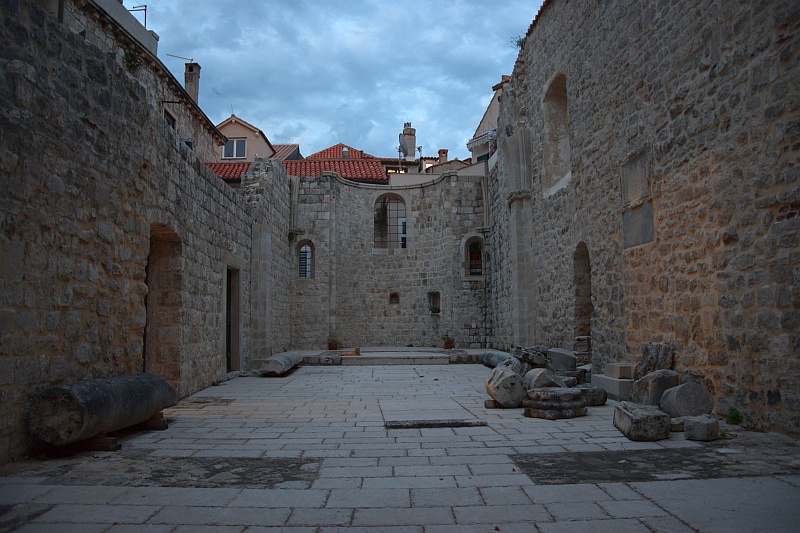
Image by Greg Mansfield
Location: Ul. Ilije Sarake 6, 20000, Dubrovnik
Open: All hours
Admission: N/A
Website: blog.colibriworld.com/church-of-st-stephen-in-dubrovnik/
The Chapel of St. Stephen was reduced to ruins during a devastating earthquake in 1667. Prior to its destruction, it was a place of great religious significance and architectural beauty. It’s venerated as the place where the city’s patron saint, St. Blais, warned Dubrovnik’s people of the Venetian’s impending invasion in 971.
The chapel stood next to the city’s first cemetery, and to this day many graves lie beneath the ruin’s stone floor. Others remain buried under the houses that were built around and near the chapel after the earthquake.
Modern residents report hearing the bizarre, unexplained sounds of banging and clanging coming from underground, below their houses. Others have seen ghostly apparitions moving inside the church ruin, including bluish flames that seem to dance in the moonlight.
Stradun Street
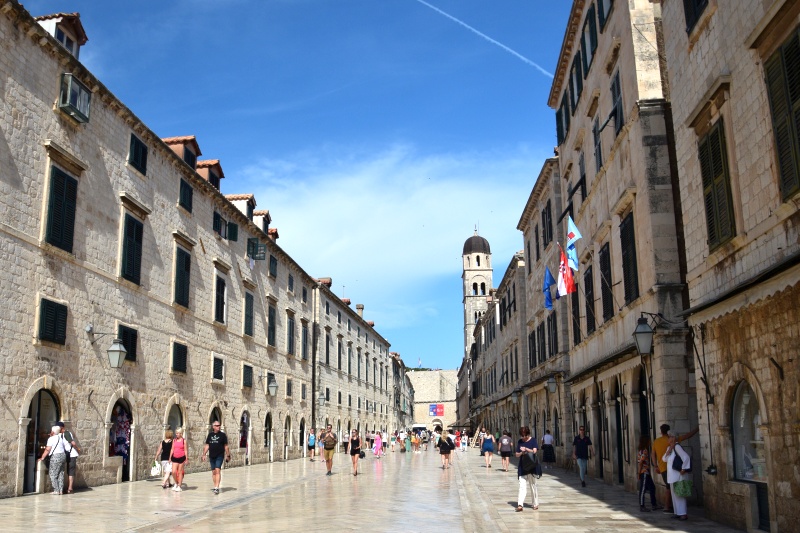
Image by Greg Mansfield
Location: Dubrovnik
Open: 24 hours
Admission: Free
Website: N/A
To complete our tour of the haunted places of Dubrovnik’s old city, we stroll along the Stradun, Dubrovnik’s bustling main street. This is where the city’s haunted history merges with everyday life. Numerous reports of ghostly apparitions have surfaced here, with witnesses describing encounters with figures from different eras. Some claim to have seen noblewomen in Renaissance gowns, while others speak of soldiers in ancient armour. These spectral encounters serve as a haunting reminder that Dubrovnik’s past is very much alive, existing in parallel with the present.
Recommendations
When you visit Dubrovnik, stay in the old city to immerse yourself in its delightful vibe. Be sure to walk the city walls and take a walking tour with Maria of Haunted Dubrovnik. My wife and I enjoyed her Dark Tales of the Old Town tour. She’s a charming and knowledgeable host. Be sure to ask her about the haunted places as you roam the city’s streets with her.

